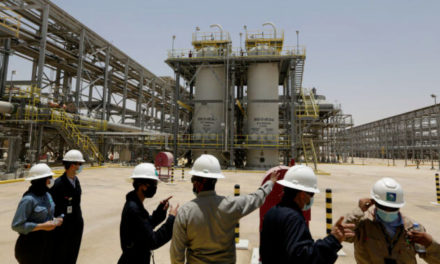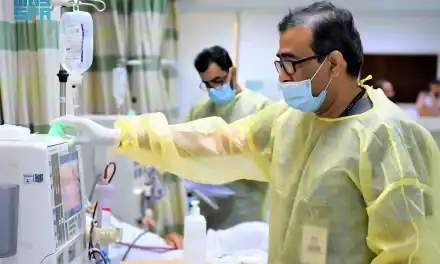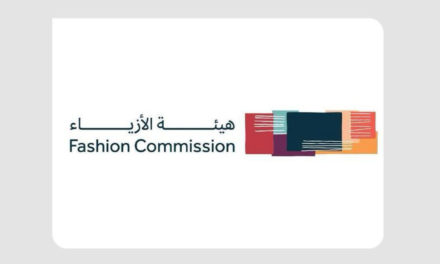Riyadh, Saudi Arabia — The Saudi health sector report for 2024 outlines major progress in the Kingdom’s healthcare transformation. It highlights improvements in service accessibility, digital innovation, public health initiatives, and institutional restructuring—all aligned with Vision 2030.
Healthcare coverage reached 97.4 percent of residential areas in 2024, up from 84.13 percent in 2019. This expansion marks a significant shift in access to care. At the same time, efforts to reduce infectious diseases improved outcomes to 87.5 percent, compared to 55 percent five years earlier.
Digital services advanced rapidly in 2024. The “Sehhaty” app grew to over 31 million registered users. Meanwhile, the “Wasfaty” platform processed more than 142 million electronic prescriptions. The Saudi healthcare report credits these figures as central to digital health adoption.
The report also outlines major structural changes. In 2024, the Ministry of Health transferred three regional clusters—Eastern Province, Riyadh Second, and Qassim—to the Health Holding Company. This shift allows the ministry to concentrate on regulation, while 20 regional clusters now manage healthcare delivery.
Public health programs expanded across the Kingdom. Screening efforts reached over 223,000 women for breast cancer and tested more than one million individuals for diabetes. Immunization campaigns and chronic disease prevention programs continued throughout the year, supporting broader healthcare progress in 2024.
Health and safety strategies led to measurable improvements. Between 2016 and 2024, traffic-related deaths declined by 57 percent, and serious injuries dropped by 7 percent—results driven by coordinated national initiatives.
The Saudi health sector report ends with highlights of international recognition and sector momentum. These outcomes reflect Saudi Arabia’s commitment to building a resilient, people-centered healthcare system prepared for the future.





